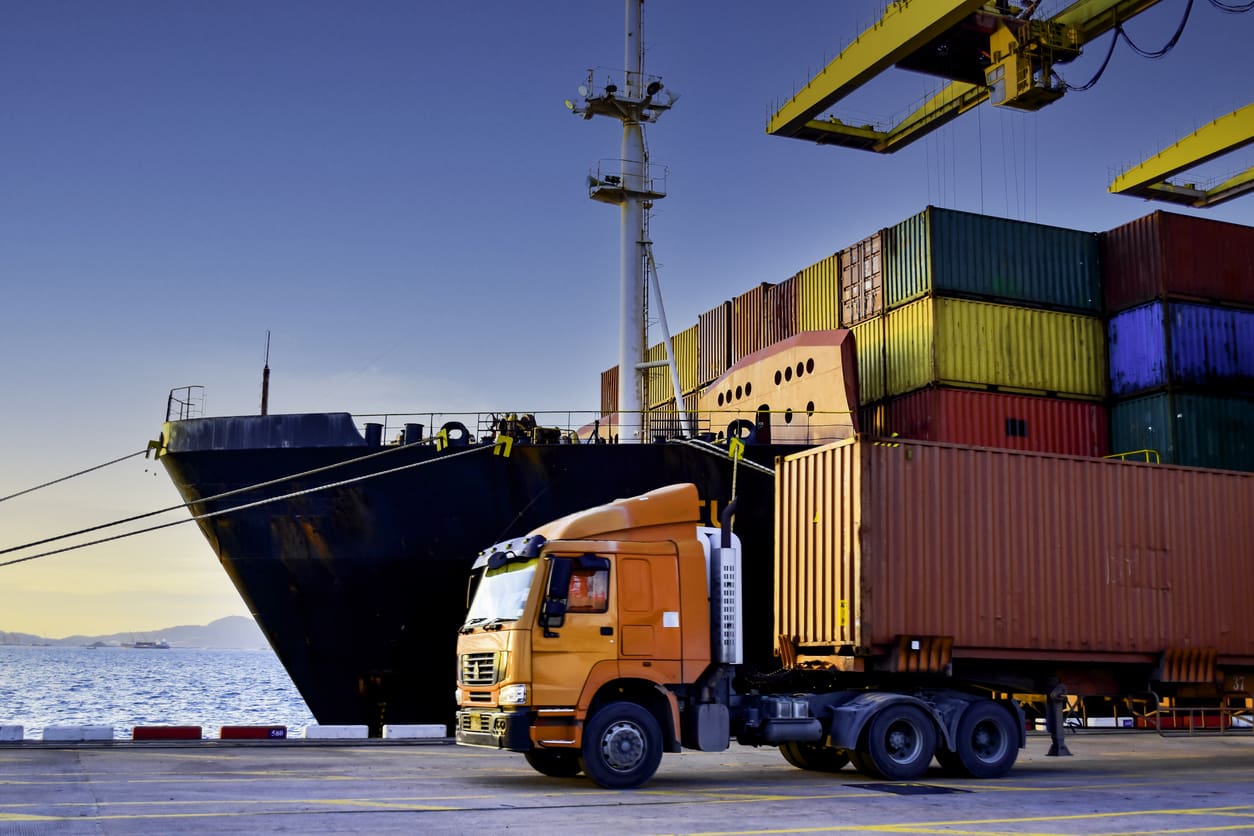When building a physical product business, your margins matter. One of the most effective ways to boost profitability is by lowering production costs without touching your pricing.
Let’s break down why cost optimization matters using a simple product margin model.
Product Margin Breakdown: Raise Prices vs. Reduce Costs
| Scenario | Unit Cost | Wholesale Price | Margin | Retail Price | Margin |
| Baseline | $1.00 | $2.00 | 50% | $4.00 | 75% |
| Raise Prices 10% | $1.10 | $2.20 | 54.5% | $4.40 | 77.3% |
| Lower Costs 10% | $0.90 | $2.00 | 55% | $4.00 | 77.5% |
While both strategies improve margins, reducing production costs does it without risking customer pushback, making it a safer, scalable lever.
Step 1: Find Comparable Product Prices Online
To ballpark your product manufacturing costs, start by researching similar products on sourcing and marketplace platforms:
- Alibaba.com: Factory-level pricing and global suppliers.
- 1688.com: Chinese domestic prices (use Google Translate).
- Temu.com: Great for seeing ultra-low-cost consumer goods.
- Amazon.com: Insight into final consumer pricing.
Tip: If your product is custom, find the closest category match (e.g., if you’re creating a specialty water bottle, look at insulated bottles or gym bottles).
Step 2: Adjust for Customization and Quality
Once you’ve gathered 3–5 sample prices from each site, adjust them for factors that affect cost, such as materials, design, or packaging.
| Custom Feature | Cost Adjustment |
| Premium materials | +10–25% |
| Custom tooling or molds | +20–40% |
| Branded packaging | +10–20% |
| Low order quantity (<500 units) | +15–30% |
After adjustments, average the estimates to arrive at a realistic production cost range.
Step 3: Validate With Modern Sourcing Tools
For a more accurate picture of actual factory pricing, use sourcing intelligence platforms:
- ImportYeti – See your competitors’ manufacturers via shipping records.
- JungleScout / Helium 10 – Analyze top-selling Amazon products and likely sourcing strategies.
- Sourcify – Connect directly with trusted manufacturers worldwide.
These tools offer real-world data to cross-check your estimates and discover vetted suppliers you can contact directly.
How to Negotiate Lower Product Manufacturing Costs
Armed with data, you’re ready to negotiate more effectively:
“We’re seeing similar products quoted at $X on 1688 and Alibaba. Can you explain what makes your pricing higher?” This kind of informed question signals professionalism. It may result in:
- A better quote
- Access to different production tiers
- New supplier introductions
Even if you don’t secure a price drop, you’ll walk away with valuable insight into your supply chain options.
Plan for Long-Term Cost Reductions
Early production runs often cost more due to:
- Small MOQs
- Custom tooling
- Limited supplier leverage
But understanding what’s possible at scale helps you set target COGS (Cost of Goods Sold) for the future. Use your initial estimates as a benchmark to negotiate toward as you grow.
Final Takeaway: Smarter Sourcing = Higher Margins
By using modern tools and market-based research, you can:
- Set realistic production cost expectations
- Avoid overpaying for manufacturing
- Increase your gross margins without alienating customers
Whether you’re launching your first product or scaling a line, understanding your true production cost potential is key to growing a sustainable, profitable brand.
Have you negotiated a great deal with your manufacturer or used a sourcing tool that saved you money? Drop us a note and we might feature your story!


